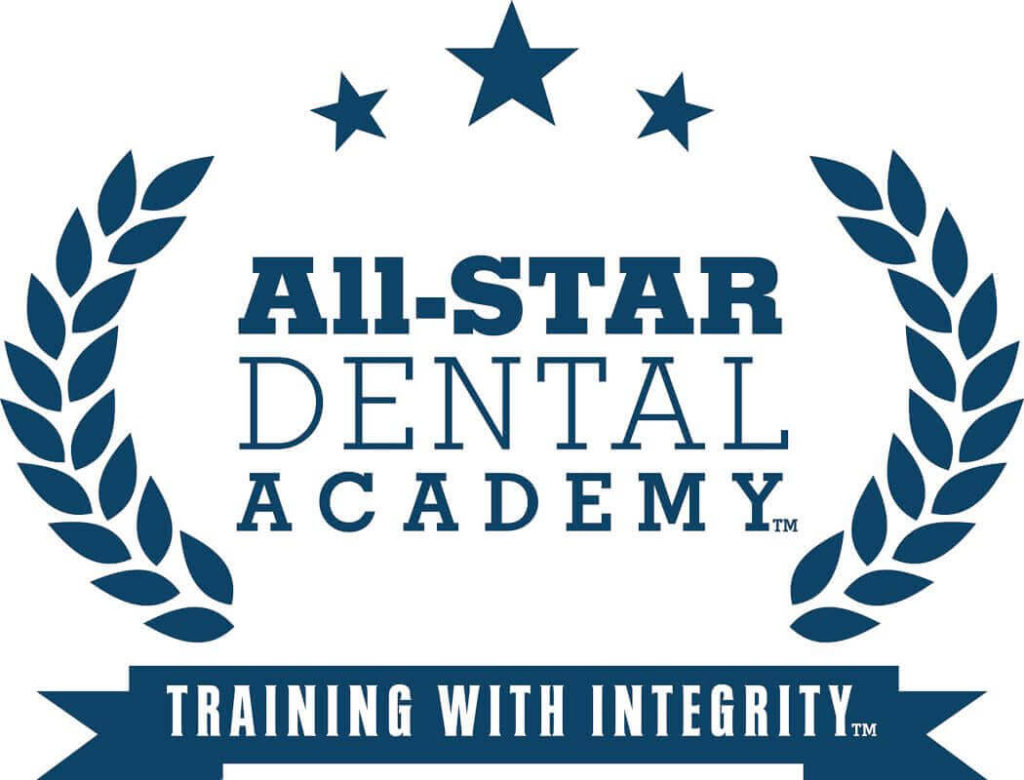Phone answering tips for dental practices
Better phone skills lead to more dental patients What strategies do you think about when it comes to modern dental marketing? SEO? Websites? Social media? It might surprise you to learn that one of the most crucial marketing strategies for dentists today originated in the 1800s: the telephone. Phones are so important to successful dental […]

Better phone skills lead to more dental patients
What strategies do you think about when it comes to modern dental marketing? SEO? Websites? Social media? It might surprise you to learn that one of the most crucial marketing strategies for dentists today originated in the 1800s: the telephone. Phones are so important to successful dental marketing that we include phone answering tips for dental practices in all of our marketing strategies.
Why?
We can lead patients all the way down the marketing funnel (from a Google search for “dentists near me” to your website to your Contact Page). After all, marketing is intended to make your phones ring! But when they do, the patient will quickly decide to either:
A) Book an appointment with you, or
B) Look for another dentist
That first phone call is crucial for many reasons. It sets the tone for your practice and helps the patient understand:
- What treatment they may need and if you offer it
- Whether you accept their insurance
- Whether or not they can get on your schedule in a timely manner
- If they’ll feel comfortable in your practice


Expert advice: phone answering tips for dental practices
We recently spoke with our industry partner, Eric Vickery, the President of Coaching at All-Star Dental Academy. We asked Eric to provide top tips for answering the phone to help our clients improve their call conversion…and their bottom line.
More Pain-Free articles on phone answering:
Dental Marketing Tips for Answering the Phone
Growing Your Dental Practice with CallRail
Improve new patient phone call conversion with these phone answering tips for dental practices
Track and measure call conversion
First, very few practices actually track and measure their success on the phone. Call conversion is a KPI (Key Performance Indicator) that’s critical to your practice’s profitability.
Call conversion is measured by a simple equation: the number of new patient calls divided by appointments made from those calls.
Once you start measuring call conversion, you can better track whether or not your efforts to improve your practice’s phone skills are yielding better results.
Train your team to be G.R.E.A.T.
If you want your team to be better at answering the phone, you have to teach them how to do it. Unfortunately, many dental practices offer little coaching for receptionists beyond, “Hello, this is Smiles Dental! How can I help you?”
Without any sales or customer service training, it will be challenging for a receptionist to convert callers to book appointments. Eric and All-Star offer comprehensive phone training for dental teams.
It starts with the acronym GREAT:
- Greeting: Make a strong first impression! Make sure everyone on your team answers the phone with a consistent greeting–and include your name. Speak slowly and clearly, be upbeat, and show that you’re excited to talk to the patient.
- Rapport: This is your opportunity to start building a relationship with the caller. If they don’t provide it, ask for their name. “Hi (name!) How are you doing today?” is a great way to show you care about the patient as a person.
- Engage: Listen carefully and show empathy to the caller. Avoid giving simple yes or no answers to questions, use the opportunity to learn more about the patient. (See our “answer a question with a question” paragraph to learn more!)
- Ask for Appointment: Don’t forget this important step! It’s amazing how drastically your case acceptance improves when you guide the phone call toward this call-to-action.
- Take Information: The more information you’re able to record, the better you’ll be able to continue to care for the patient. Passing patient info along to the dentist will change a “What brings you in today?” conversation to a more informed, “Eric tells me you have questions about a crown.”
Implementing the G.R.E.A.T. strategy in your office is a powerful way to improve case acceptance over the phone. Read on for more helpful tips to make G.R.E.A.T. work in your office.
Prioritize your team’s availability on the phone
Here’s a no-brainer: if you want to convert patients on the phone, you have to answer the phone. But because dental practices are busy, a ringing phone is often treated as an interruption.
Instead, think of the phone ringing as an opportunity to help a patient. Answer it promptly and follow up with voicemails as soon as possible. Patients, ironically, can be impatient. If they have an urgent need, they’ll likely start looking elsewhere rather than wait for you to return their call.
Build a relationship with the patient on the phone
We make a lot of assumptions about patients based on the questions they ask on the phone. If a patient calls to ask, “How much is a crown?” We might assume someone has recommended they get a crown. We might assume they are price shopping.
Rather than respond to a question with a simple yes, no, or a dollar number, we can regain control of the conversation by finding out more information about the patient. Answer a question with a question. In doing so, we can establish better rapport with the patient to begin to build a relationship.

Here’s an example:
Patient: How much is a crown?
Eric: I’d be happy to answer that question for you. Again, my name is Eric. Who do I have the pleasure of speaking with? Help me understand. When was the last time I saw you in the practice?
Putting the question first creates a transactional conversation, not a relational conversation. Great receptionists have the power to control the conversation without feeling “salesy.”
Remember: no matter a patient’s question, what they’re really asking is, “Can you help me?” This is your opportunity to win them over, help them feel heard, and show appreciation.
Make it easy to book an appointment
Your job on the phone is to reduce the “friction” that gets in the way of a patient booking an appointment. For a dental practice, friction could include:
- Long delays in scheduling
- Not accepting insurance
- Not understanding what treatment is needed
- Being uncomfortable on the phone or feeling judged
- General dental anxiety
It’s the receptionist’s job to remove these points of friction for the patient. You want to make it easy to book an appointment!
Once you’ve worked through the conversation, built rapport, and removed friction, there’s one last step: ask for the appointment.
“How would you feel about scheduling an appointment in our office?”
Then, give the patient a choice between times of day and days of the week. Eric calls this tactic “a choice, not a chance,” to help remove scheduling friction.
Phone call coaching with All-Star Dental Academy
If you’re interested in coaching your team toward more effective phone calls, contact our trusted industry partner All-Star Dental Academy. They offer a variety of coaching options, from online training to virtual coaching to live events.
And for more information, download our free resource: Phone Training Videos and Tips. It includes tips, scripts, and videos to help your team elevate your practice’s presence on the phone.